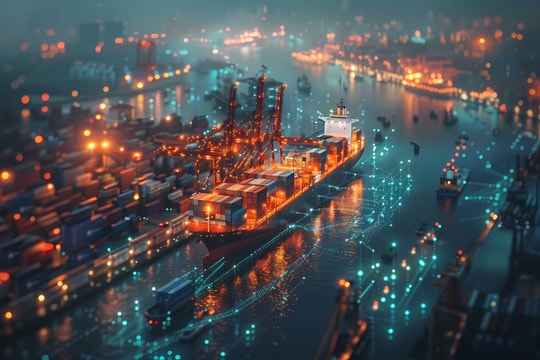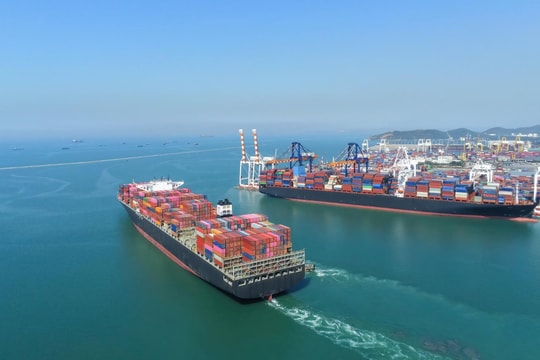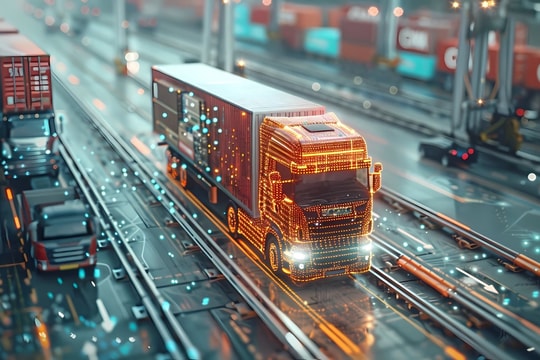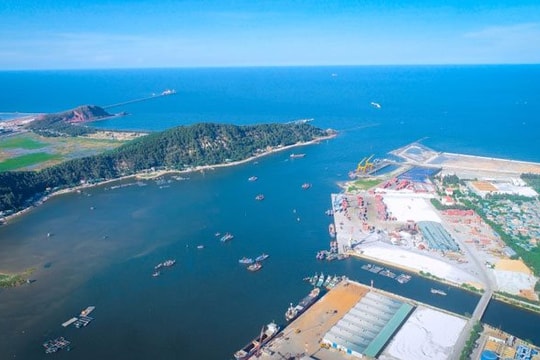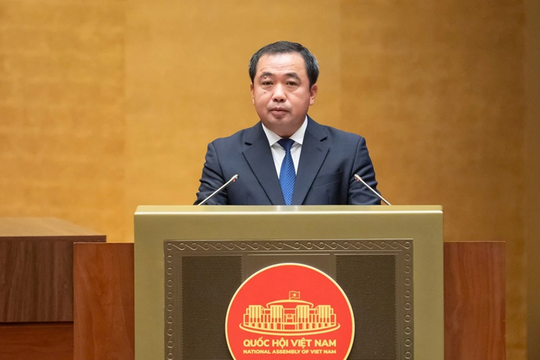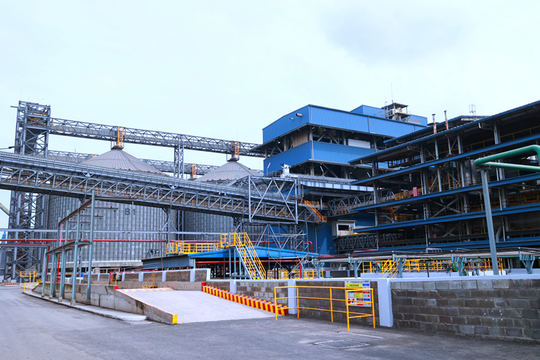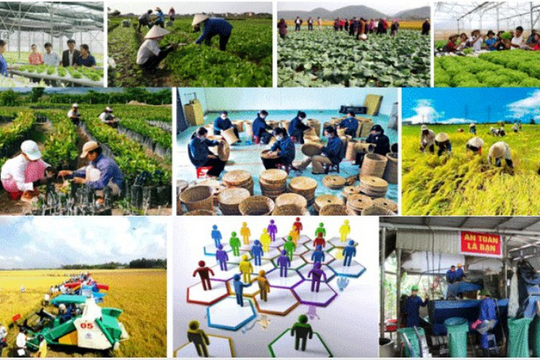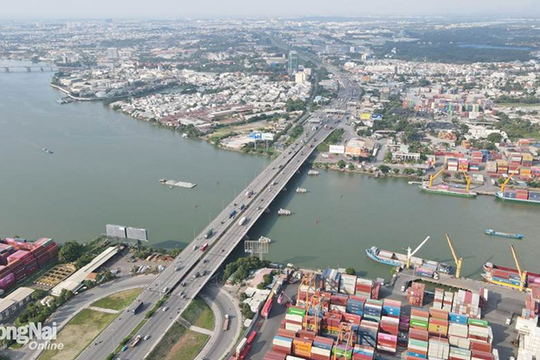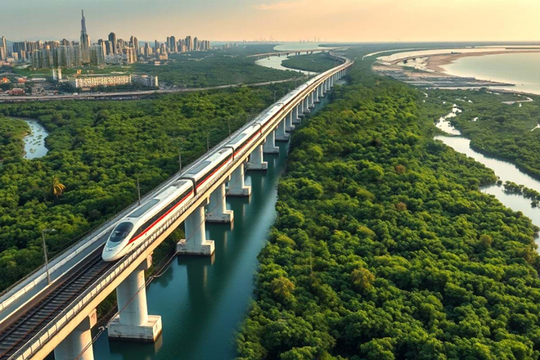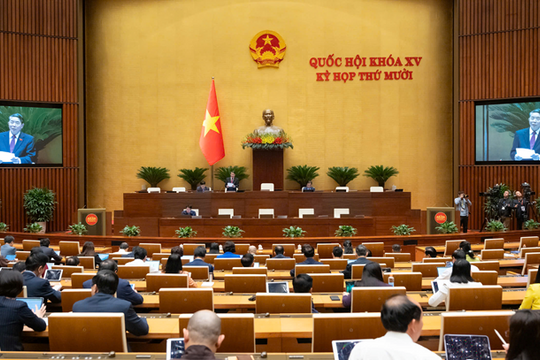Editorial Note: In the context of Vietnam's logistics industry playing an increasingly crucial role in the global supply chain, the system of seaports and inland ports has become an indispensable strategic link. One weekend afternoon, while having a "heartfelt conversation" by the Saigon River with Mr. Tran Khanh Hoang, Vice President of the ASEAN Port Association (APA), Vice President of the Vietnam Seaport Association (VPA), and General Director of Ports and Logistics of International Transportation and Trading Joint Stock Company (ITC), he shared deep insights into the development, challenges, and prospects of this industry. Most notably, as he passionately analyzed competitive factors and solutions to optimize infrastructure, he emphasized the critical role of international cooperation and the necessity of digital transformation in enhancing competitiveness, while also proposing sustainable strategies to seize emerging opportunities.
.jpg)
.jpg)
1.
Hello Mr. Khanh Hoang, at this time, if you were to provide an overview of the operation of Vietnam’s seaport sector, including inland ports and ICDs, how would you assess it?
Mr. Tran Khanh Hoang: I acknowledge that Vietnam's seaport system has made positive progress since the early 21st century. Currently, we have deep-water ports in both the northern and southern regions, many of which are operating effectively, and traditional ports have been upgraded and invested in to handle the increasing volume of goods. Most importantly, Vietnam’s seaport system is playing a positive role in the supply chain, helping businesses meet operational demands. Although there are occasional issues with congestion, they are always given priority for resolution. While the national seaport system could develop further compared to its current state, it cannot be said that it is underperforming.
Inland ports and ICDs tell a somewhat different story, with some noticeable distinctions. In the southern key economic region, over 30% of import-export container goods are processed through customs at ICDs, and barge transport has been well developed. This has allowed inland ports and ICDs in the South to take advantage of inland waterway transport, providing strong support for seaports, especially deep-water ports like Cai Mep in handling import-export container goods, which helps reduce congestion at seaports and urban traffic in Ho Chi Minh City. Meanwhile, inland ports and ICDs in the North do not have the same level of effective connection with seaports as those in the South, partly because the inland waterway system has not been consistently invested in, and partly due to businesses' service usage habits.
.jpg)
.jpg)
2.
From an economic perspective, how do you see the role of seaports, inland ports, and ICDs in Vietnam's transportation system?
Mr. Tran Khanh Hoang: The system of seaports, inland ports, and ICDs plays a crucial role in Vietnam's transportation system and economic development. Looking at the major seaports in the country and the history of their development, we must acknowledge that the seaport system has contributed to GDP growth, attracted investment, promoted trade, and created jobs for local communities and surrounding areas. Additionally, seaports contribute significantly to financial revenue for both local and central governments through taxes. Moreover, the seaport system plays an essential role in national defense, security, and social welfare, helping to safeguard maritime sovereignty.
If the seaport and inland port system is not developed in a synchronized manner, the consequences will be significant. Congestion will reduce the productivity of ship and cargo handling, slow down customs clearance, increase logistics costs for businesses, and thus hinder economic growth and reduce the attractiveness of the region to investors. These issues will inevitably impact the local, regional, and national economy.
3.
How do you view the competition between seaports in Vietnam? What makes a port stand out?
Mr. Tran Khanh Hoang: There is certainly competition. When multiple ports operate in the same market, competition is inevitable. Since the 1990s, the seaport market in Ho Chi Minh City has seen competition between traditional ports and newer ports, including joint ventures with foreign partners. The port operations market in Cai Mep - Thi Vai has also witnessed fierce competition among ports, most of which are joint ventures between Vietnam and international port operators. The competition exists not only among ports within the same locality but also between ports in different localities.
From my experience, the key factor that makes a port stand out is the quality of its services. Ports that serve customers best will gain their trust and preference.
.jpg)
.jpg)
4.
How can Vietnam’s seaport system be further optimized to meet the current demand for cargo transportation?
Mr. Tran Khanh Hoang: To optimize the seaport system, we need to build appropriate infrastructure and establish efficient connections between seaports, inland ports, and production centers. Currently, in port planning, there is a situation where certain key areas have fragmented ports, and we still limit the size of vessels allowed at specific ports. These factors reduce the competitiveness of the entire port system and need to be improved.
At the enterprise level, each port business has different solutions to meet the demand for loading and transportation of goods. However, the quality of service must always be the top priority. If a business invests heavily in infrastructure and technology but does not address the needs of its customers, that investment will not bring effective results.
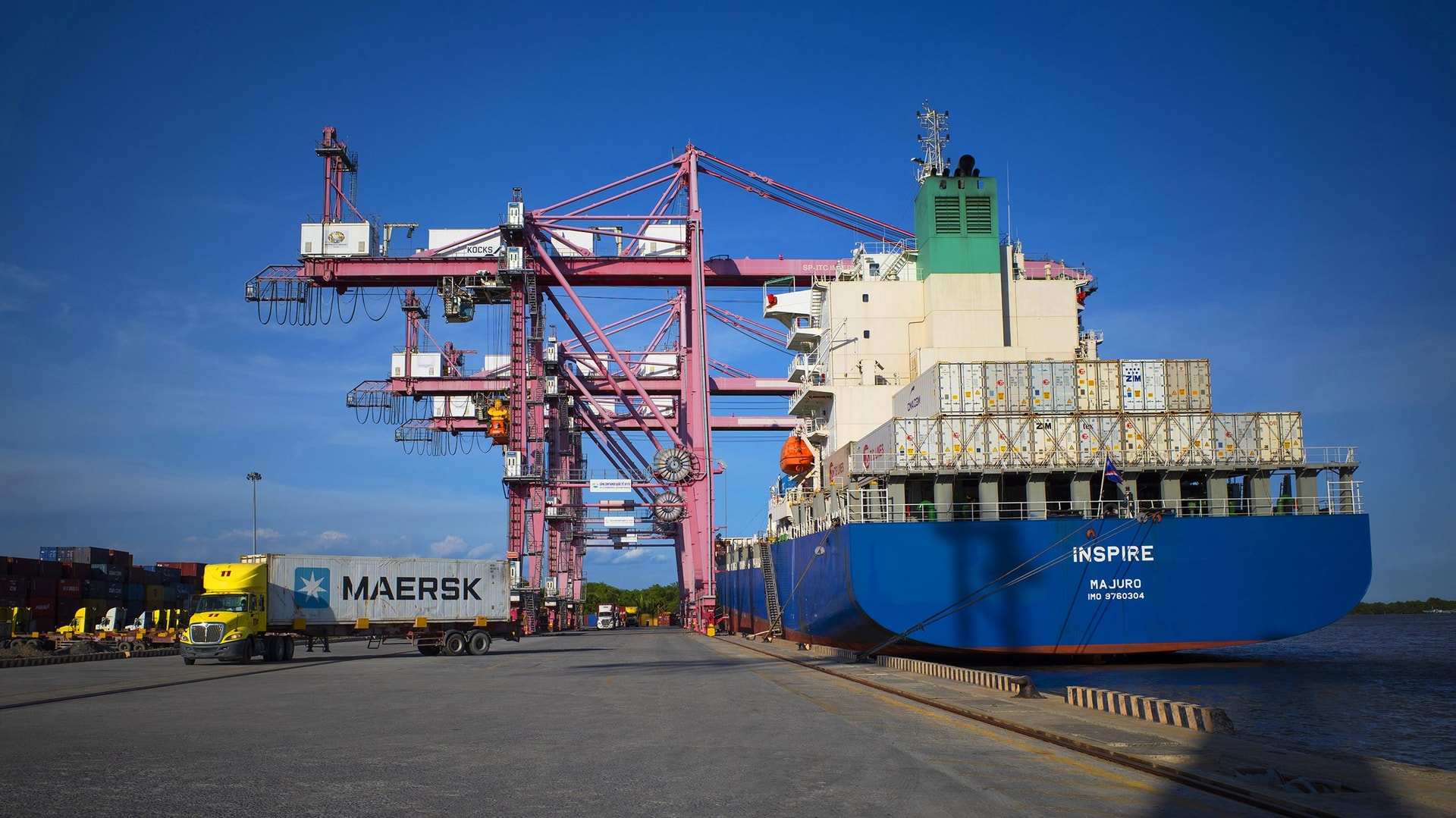
5.
Do you think collaboration between stakeholders is necessary to optimize the seaport - inland port system? Why?
Mr. Tran Khanh Hoang: Collaboration between stakeholders in logistics is undoubtedly necessary and is a topic of much discussion today. The seaport – inland port sector is no exception. Collaboration between service providers, between businesses and customers, or between businesses and government agencies is very important and needs to be promoted. Collaboration among companies in the same industry will help share resources, exchange market information, and avoid destructive competition. Cooperation between businesses and government agencies will help foster better understanding, allowing them to develop policies beneficial to businesses while ensuring the regulatory role of the state, avoiding a "policy begging" mentality.
For a long time, there wasn't much cooperation among port businesses. Recently, I've observed positive developments, such as the cooperation between Tan Cang Cai Mep - Thi Vai Port (TCTT) and Cai Mep International Terminal (CMIT) in sharing berths, or the comprehensive cooperation agreement signed between Saigon Newport Corporation and Vietnam Maritime Corporation (VIMC). These are meaningful partnerships. I also recognize that more business dialogue conferences have been organized by the Ministry of Transport, the General Department of Customs, the Vietnam Maritime Administration, and Customs Departments in various provinces and cities. These are positive signs of increasing collaboration within the port industry and with related sectors. However, this cooperation needs to be further strengthened, with more emphasis on in-depth issues to drive economic development.
6.
In your opinion, where does Vietnam's seaport industry stand in the current global port operations market? In the future, can Vietnam’s seaports and inland ports develop into a stronger system to compete globally?
Mr. Tran Khanh Hoang: In terms of operational efficiency, according to the 2023 Container Port Performance Index published by the World Bank and S&P Global Market Intelligence, Cai Mep Port in Vietnam ranked 7th among the world's most efficient container ports. There are many rankings based on volume and operational efficiency, and I believe that Vietnam's seaports will improve their rankings in the future, demonstrating the continued upward trajectory of Vietnam’s ports in the global port operations market.
However, when discussing the seaport and inland port systems serving import and export goods, contributing to optimizing supply chains and reducing logistics costs for businesses, we shouldn't focus too much on rankings or global competition. Achieving high rankings is positive, but what's more important is serving businesses and the economy well. When the seaport and inland port systems effectively serve their purpose, the rankings will naturally improve.
The issue of international competition in port operations will become more significant when we start developing international transshipment ports. That will be a different phase.
.jpg)
.jpg)
7.
In the course of development, do you think the seaport, inland port, and ICD industries in Vietnam are facing any major challenges?
Mr. Tran Khanh Hoang: Ineffective connections with hinterlands are the biggest challenge, in my opinion. This is the main reason for congestion at ports during certain periods. Ports are making efforts to improve this, but it cannot be completely resolved by the ports' efforts alone.
The current low level of port service charges is another significant challenge. Port operators need sufficient revenue to cover investment costs, expand operations, improve technology, and enhance competitiveness. This is an issue that cannot be solved solely by the ports themselves.
8.
Do you think increasing investment in infrastructure, including transportation infrastructure, can solve the current issues in optimizing the connection between seaports, inland ports, and ICDs?
Mr. Tran Khanh Hoang: It will certainly solve many problems. Investment in road infrastructure, including highways, national roads, and provincial roads, will greatly improve the connectivity between seaports and major goods centers. Investment in inland waterway infrastructure is also crucial. Inland waterway routes in the southern key economic region, the northern region, and routes connecting to the Mekong Delta and Cambodia, if properly and sufficiently invested in, will create efficient transportation routes that not only help businesses save costs but also promote the green transition in logistics and the overall Vietnamese economy.
One specific project I’d like to mention is the inter-port road in Ho Chi Minh City. This road is only 6 kilometers long but plays a very strategic role in effectively connecting the ports in the Cat Lai – Phu Huu area (currently the largest container port cluster in Vietnam) to the Ho Chi Minh City - Long Thanh - Dau Giay expressway and Ring Road 3. This connection will allow goods to be quickly transported to industrial zones and export processing zones throughout the southern key economic region. The policy and funding for this project are already in place, but it has yet to be fully implemented. This is a critical project, and we need more projects like this to be deployed swiftly and vigorously.
.jpg)
.jpg)
9.
In your opinion, to promote the sustainable development of the seaport and inland port sectors, is cooperation and support from domestic and international organizations necessary?
Mr. Tran Khanh Hoang: It certainly is and will continue to be necessary. For instance, in the planning and evaluation of Vietnam’s seaport system, particularly at Cai Mep – Thi Vai and Lach Huyen, we have received significant support from the Japan International Cooperation Agency (JICA). JICA continues to monitor the progress of these projects and provide appropriate recommendations. The World Bank has also produced numerous reports aimed at improving the operational efficiency of Vietnam’s seaport and inland port systems, along with specialized reports on road and inland waterway transport. Many international organizations have played an active role in providing loans and proposals that help us implement infrastructure projects. We highly value and appreciate the contributions from these organizations.
.jpg)
.jpg)
10.
From your perspective, what opportunities can Vietnam seize to enhance its position in the seaport – inland port – ICD sector?
Mr. Tran Khanh Hoang: I believe there are clear opportunities right in front of us. Domestically, improving the connectivity between seaports – inland ports and major goods centers and industrial zones holds great potential. Simply improving these connections, even without full optimization, can already attract more investment in both production – export activities and logistics operations. The government is showing strong determination in developing infrastructure for socio-economic growth, through projects such as highways, new seaports, specialized industrial zones, and the Long Thành International Airport. These are certainly significant opportunities.
Additionally, global trends like supply chain shifts, the "China +1" strategy, and nearshoring/friendshoring (bringing production closer to consumption markets or to friendly countries) create opportunities for many sectors in Vietnam, not just for the seaport – inland port sector, to enhance their position. Many logistics companies are already viewing this as a valuable opportunity.
However, I want to emphasize that opportunities always come with challenges. Risks may arise if we are not well-prepared.
11.
What is your view on using technology and digitalization to optimize the seaport - inland port system?
Mr. Tran Khanh Hoang: Digitalization, or the application of technology, is, in my opinion, an essential mandate. As I’ve mentioned before, to create a competitive advantage, businesses must focus on serving customers in the best possible way. One of the clearest factors that benefit customers is the use of technology. Reducing paperwork, shortening transaction times, and allowing online transactions, from information inquiries to payments, are positive outcomes that digitalization brings. I believe that a business that does not pursue digitalization will soon fall behind the market.
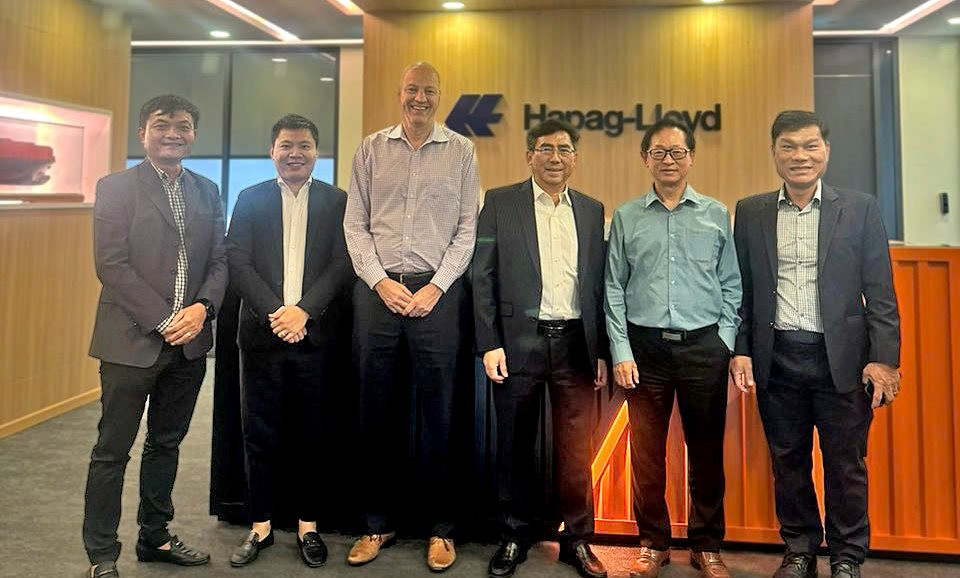
12.
With climate change and environmental management becoming increasingly important, has the seaport industry developed and implemented policies for green transformation?
Mr. Tran Khanh Hoang: I’ve noticed that the seaport industry has been addressing this issue for many years, both at the governmental and business levels. The Ministry of Transport approved the Green Port Development Plan in Vietnam through Decision No. 2027/QD-BGTVT on October 29, 2020. According to the plan, from 2020 to 2025, the focus will be on developing and issuing basic standards for green port criteria, piloting green port models at several seaports, and evaluating the results. From 2025 to 2030, national technical standards for green port criteria will be developed and issued, with voluntary adoption of these criteria at Vietnamese seaports. After 2030, the application of green port criteria will become mandatory in planning, investment, and operation of seaports in Vietnam.
On the business side, many positive initiatives have been implemented. Cat Lai Port in Ho Chi Minh City and Tan Cang – Cai Mep International Terminal in Ba Ria – Vung Tau have been awarded the Green Port title by the Asia-Pacific Economic Cooperation (APEC) Port Services Network (APSN) in 2017 and 2020, respectively. Gemadept has also started publishing a Sustainable Development Report since 2022. However, these efforts have primarily come from larger companies, and we need to see more similar initiatives from medium and small businesses. Measuring and communicating green transformation remains a significant challenge for many companies.
13.
Finally, what is your outlook on the future development of Vietnam’s seaport and inland port sectors?
Mr. Tran Khanh Hoang: The opportunities for development are immense. On the governmental side, if we have appropriate planning, policies, and directions, along with the establishment of the right priorities for the seaport - inland port sector, we will have the necessary legal framework and mechanisms. On the business side, we already have strong national companies. These companies need to take strategic steps to strengthen their positions domestically and expand internationally. The seaport - inland port industry in Vietnam will seize development opportunities and grow significantly once we seriously invest in enhancing internal capabilities and keep up with global trends.
.jpg)
.jpg)
14.
Thank you, Mr. Khanh Hoang, for this long but engaging conversation. Wishing you continued good health and much joy in your work and life.


.jpg)
.jpg)
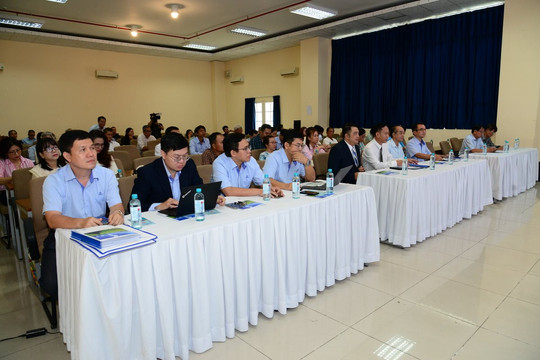
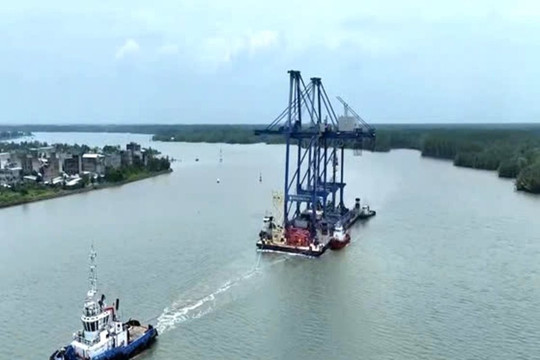
.png)
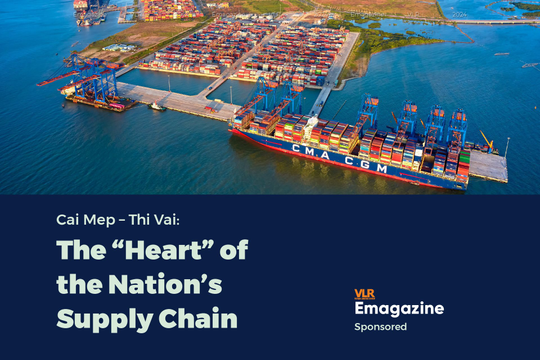
.png)
.png)
.png)
